Electric Field and its Intensity:
We know that a charged body exerts a force on another charged body placed in its vicinity. Such interaction between electric charges is best described by introducing the concept of electric field.
According to the field concept, a charged body modifies the surrounding space in such a manner that whenever another charged body is brought anywhere in the surrounding space, it experiences a force. We, therefore, say that a charged body produces an electric field in its surroundings.
Although a charged body is surrounded by an electric field, the presence of this field cannot be detected until another charge qo known as a test charge is brought into the field. If the test charge experiences force of electrical origin when placed at a point we say that an electric field exists at that point.
The effects produced by the electric field at any point can be investigated by introducing a small positive test charge qo. The test charge must be small both in magnitude and dimensions so that it may produce as small an effect as possible on the field being investigated.
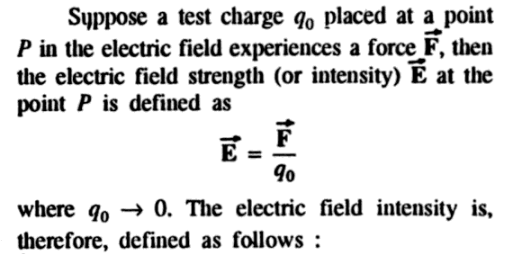
An electric field is a region in which a charged body experiences a force of electrical origin and intensity of electric field at a given point in the field is defined as the force per unit positive charge experienced at that point.

For example, in order to find the intensity E of electric field at P due to a point charge Q, let us put a test charge +qo at P. According to Coulomb’s law, the force F expereinced by the test charge is given by
| F = (1/4πε0) (Qqo/r2) |
Where r is the distance of point P from the charge Q. If the charge Q is positive, the test charge would experience a force whcih will be directed away from the charge Q.
Since the force experienced per unit charge is knwon as intensity E of the field, we have
| E = F/qo = 1/qo [(1/4πε0) (Qqo/r2)] ⇒ E = (1/4πε0) (Q/r2) |
If Q is positive, the field points radially outward. Moreover, the field is sppherically symmetrical sicne it has the same magnitude in all directions for the same value of r. Thus we find that a psotive point charge Q produces a spherically symmetrical electric field pointing radially away from the charge whose magnitude falls inversely with the square of the distance.
The following points should be noted in connection with the electric field intensity:
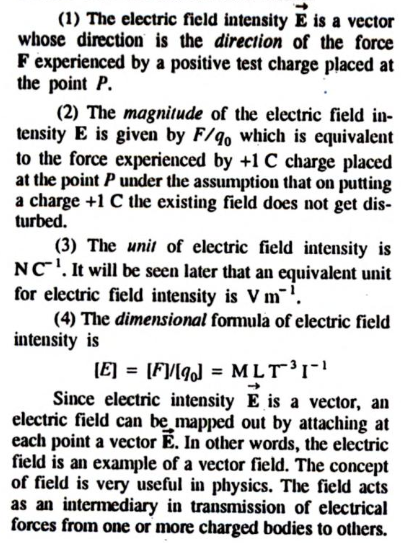
Thus a given set of charges can be considered as the sources of electric field and the electric field, whcih exists everywhere, then exerts force on the other charges loctaed within it. It is, therefore, very important to know the methods of plotting and claculating electrical fields in variety of circumstances.

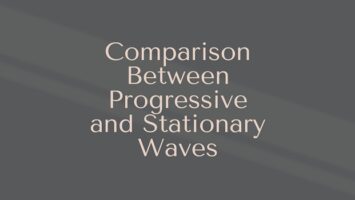
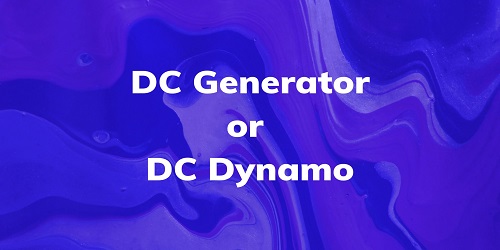

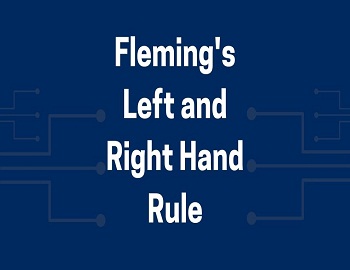




Comments (No)